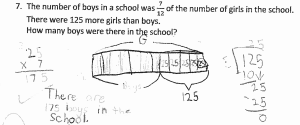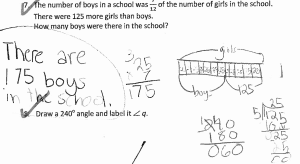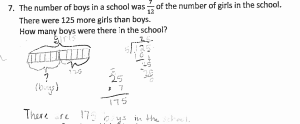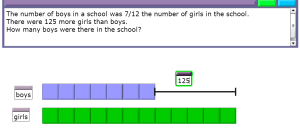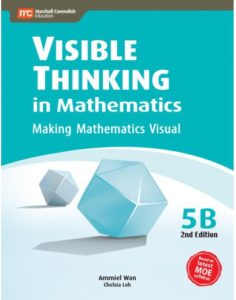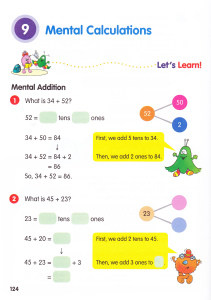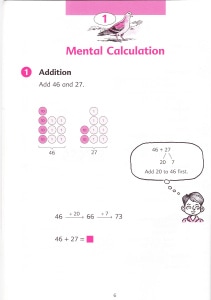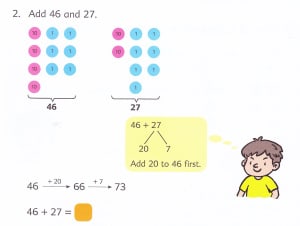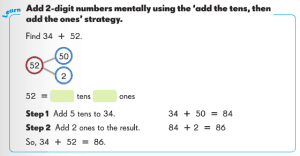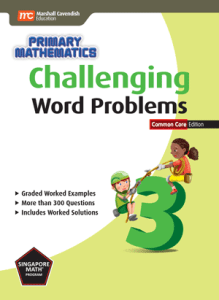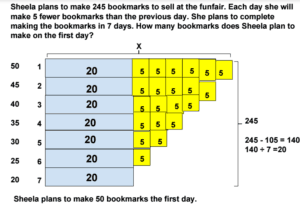Summer’s here, but you’re missing your math? Don’t despair – we’ve got you covered. Check the site each week for one whopper of a word problem that’s sure to challenge!
Our final problem of the summer comes from Primary Mathematics Challenging Word Problems 6 by Joseph D. Lee, published in 2006 by Panpac Education Private Limited. 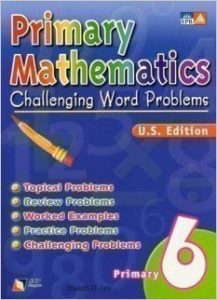
The number of Jason’s cards and the number of Frederick’s cards are in the ratio of 5:8. The number of Frederick’s cards and the number of Steven’s cards are in the ratio of 4:3. If Jason has 18 fewer cards than Frederick, how many cards does Steven have?
Submit your solutions and we’ll post all interesting strategies next week.
Last week’s problem and solution:
Mr. Seow borrowed a certain amount from a bank, which charged him an interest of 3.5% per year. If he owed the bank $4347 at the end of the year, how much did he borrow from the bank?
Whew! How did you do?
